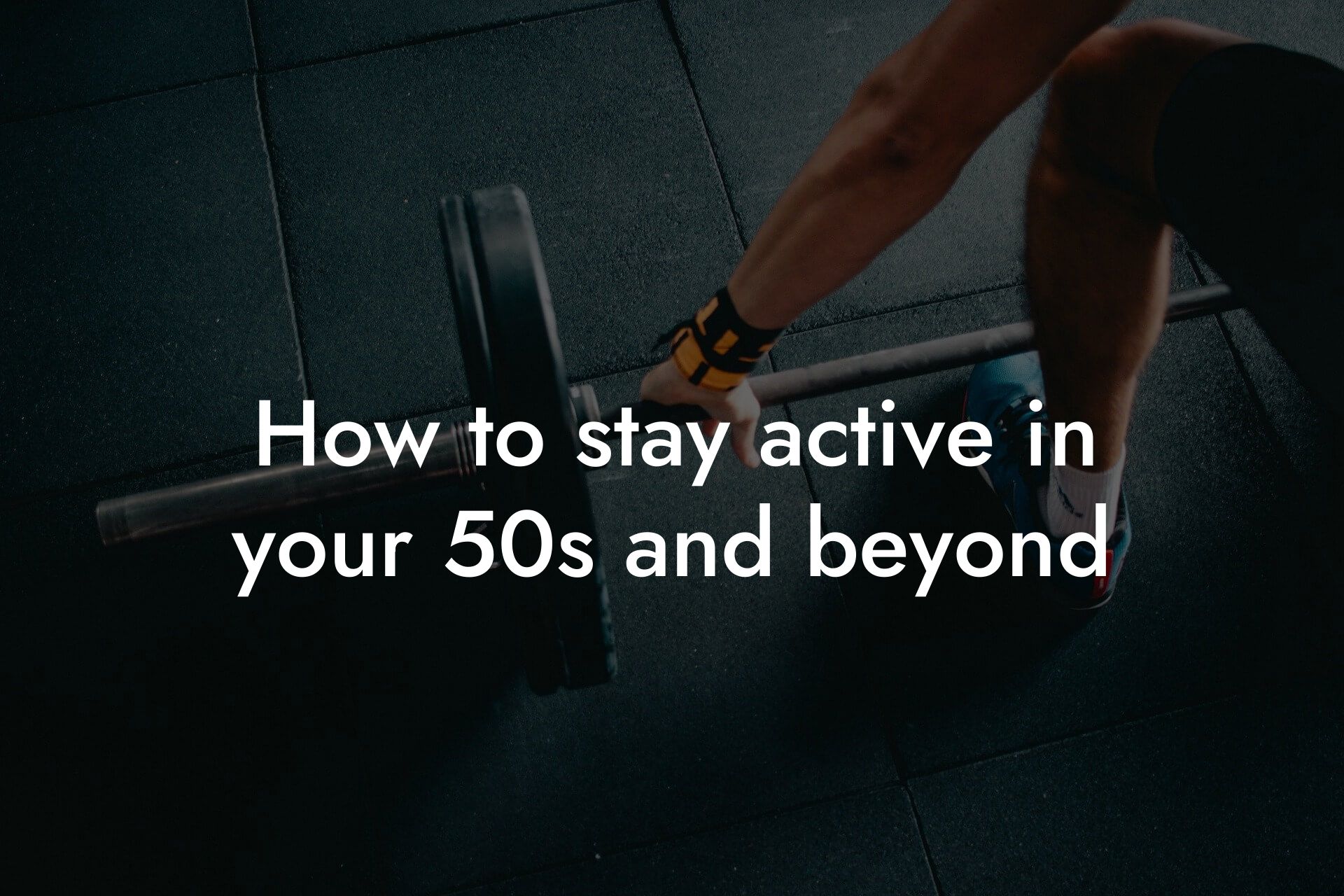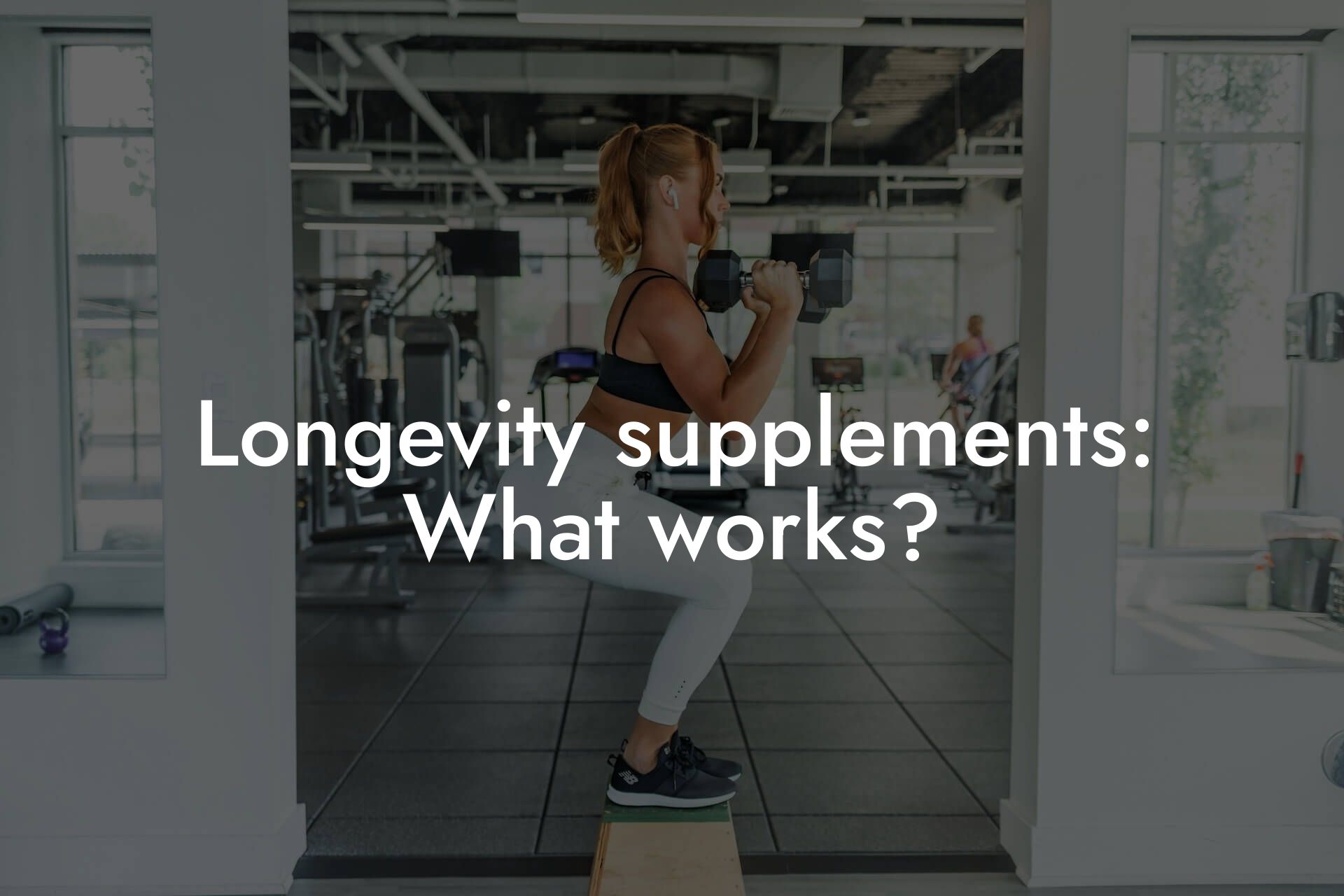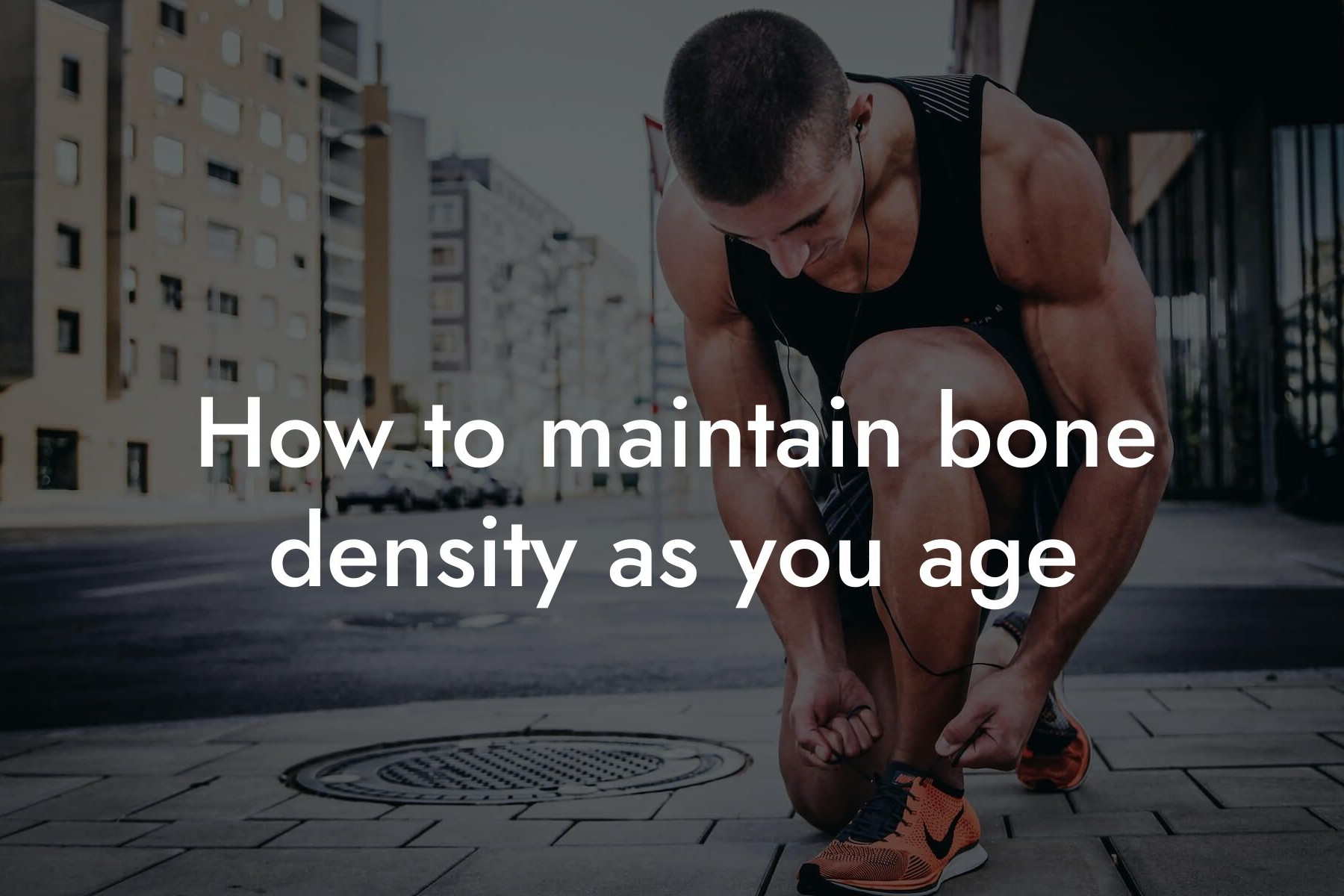As we age, our bodies undergo a range of changes that can affect our body composition. Muscle mass decreases, fat mass increases, and bone density declines, leading to a loss of strength, mobility, and overall health. However, with the right exercise strategies, seniors can maintain their body composition and enjoy a better quality of life.
Table of Contents
- Understanding the Importance of Body Composition in Seniors
- The Benefits of Exercise for Seniors
- Types of Exercise Suitable for Seniors
- Creating an Exercise Plan for Seniors
- Progressive Overload and Resistance Training
- Incorporating High-Intensity Interval Training (HIIT)
- Monitoring Progress and Staying Motivated
- Frequently Asked Questions
Understanding the Importance of Body Composition in Seniors
Body composition refers to the proportion of fat and lean mass in the body. In seniors, maintaining a healthy body composition is crucial for preventing chronic diseases, such as diabetes, cardiovascular disease, and osteoporosis. Excess body fat, particularly around the midsection, increases the risk of these diseases, while a loss of muscle mass can lead to frailty, falls, and disability. Additionally, maintaining strong bones is essential for preventing osteoporosis and fractures.
The Benefits of Exercise for Seniors
Regular exercise is one of the most effective ways for seniors to maintain their body composition. Exercise offers a range of benefits, including:
- Improved muscle mass and strength
- Increased bone density
- Enhanced fat loss and weight management
- Improved insulin sensitivity and glucose control
- Reduced risk of chronic diseases
- Improved mental health and mood
- Enhanced cognitive function and reduced risk of dementia
Types of Exercise Suitable for Seniors
When it comes to exercise, seniors should focus on activities that are low-impact, gentle on the joints, and tailored to their individual fitness levels. Some of the most suitable types of exercise for seniors include:
- Brisk walking
- Swimming or water-based exercises
- Cycling or using a stationary bike
- Tai chi or other forms of gentle stretching
- Resistance training with light weights or resistance bands
- Balance and flexibility exercises
Creating an Exercise Plan for Seniors
When creating an exercise plan, seniors should consider their current fitness level, health status, and any physical limitations. It's essential to start slowly and gradually increase the intensity and duration of workouts. A well-rounded exercise plan should include:
- Aerobic exercise (20-30 minutes, 3-4 times a week)
- Resistance training (2-3 times a week)
- Flexibility and balance exercises (2-3 times a week)
- Rest days or active recovery days (1-2 times a week)
Progressive Overload and Resistance Training
Progressive overload is a training principle that involves gradually increasing the intensity of workouts by adding weight, reps, or sets over time. This is particularly important for seniors, as it helps to build muscle mass and bone density. Resistance training exercises should target all major muscle groups, including the legs, hips, back, chest, shoulders, and arms.
Incorporating High-Intensity Interval Training (HIIT)
HIIT involves short bursts of high-intensity exercise followed by brief periods of rest. This type of training is particularly effective for improving cardiovascular health, increasing fat loss, and enhancing insulin sensitivity. HIIT can be incorporated into aerobic exercise, such as brisk walking or cycling, or used in resistance training exercises.
Monitoring Progress and Staying Motivated
Regularly monitoring progress is essential for staying motivated and ensuring that exercise goals are being met. Seniors can use a range of tools to track their progress, including:
- Body fat percentage measurements using a DEXA machine
- Weight and body composition tracking
- Progress photos and measurements
- Workout logs and exercise diaries
- Regular health check-ups and fitness assessments
Maintaining a healthy body composition is crucial for seniors, and exercise plays a vital role in achieving this goal. By understanding the importance of body composition, the benefits of exercise, and the types of exercise suitable for seniors, individuals can create a well-rounded exercise plan that meets their individual needs. Remember to start slowly, incorporate progressive overload and HIIT, and regularly monitor progress to stay motivated and achieve optimal results.
Frequently Asked Questions
What are the benefits of exercise for seniors in terms of body composition?
Exercise is crucial for seniors as it helps to maintain or even improve body composition, which is essential for overall health and well-being. Regular physical activity can increase muscle mass, bone density, and metabolism, while reducing body fat percentage. This can lead to improved mobility, balance, and reduced risk of chronic diseases, such as osteoporosis, diabetes, and heart disease.
What are the most effective exercises for seniors to improve body composition?
The most effective exercises for seniors to improve body composition are a combination of resistance training, aerobic exercise, and high-intensity interval training (HIIT). Resistance training, such as weightlifting or bodyweight exercises, helps to build muscle mass and bone density. Aerobic exercises, such as brisk walking or swimming, improve cardiovascular health and burn calories. HIIT involves short bursts of intense exercise followed by brief periods of rest, which can be particularly effective for weight loss and improving insulin sensitivity.
How often should seniors exercise to see improvements in body composition?
The American College of Sports Medicine recommends that seniors aim to exercise at least 3-4 times per week, with at least 2-3 days of resistance training and 2-3 days of aerobic exercise. However, it's essential to start slowly and gradually increase frequency and intensity to avoid injury or burnout. Consistency is key, so it's better to aim for 3-4 times per week and make it a sustainable habit.
What are some exercises that are low-impact and suitable for seniors with mobility issues?
There are many exercises that are low-impact and suitable for seniors with mobility issues. These include water-based exercises, such as swimming or water aerobics, which can be gentle on the joints. Chair-based exercises, such as chair squats or chair lunges, can also be modified to accommodate mobility limitations. Additionally, bodyweight exercises, such as push-ups or leg raises, can be done while seated or lying down.
Can seniors still build muscle mass, even if they're older?
Absolutely! While it's true that muscle mass naturally declines with age, seniors can still build muscle mass with consistent resistance training and proper nutrition. In fact, research has shown that seniors who engage in resistance training can increase their muscle mass and strength, even in their 80s and 90s.
How does exercise affect bone density in seniors?
Exercise, particularly weight-bearing and resistance training, can help to improve bone density in seniors. This is because exercise stimulates the growth of new bone tissue and strengthens existing bone, reducing the risk of osteoporosis and fractures. Weight-bearing exercises, such as walking or jogging, can be particularly effective for improving bone density in the hips and spine.
What role does nutrition play in maintaining body composition for seniors?
Nutrition plays a critical role in maintaining body composition for seniors. A balanced diet that includes adequate protein, healthy fats, and complex carbohydrates can help to support muscle growth and maintenance. Additionally, staying hydrated and limiting processed foods and added sugars can help to support overall health and well-being.
How can seniors stay motivated to exercise regularly?
Staying motivated to exercise regularly can be challenging, but there are several strategies that can help. These include finding an exercise buddy or joining a fitness group, setting realistic goals and tracking progress, and rewarding oneself for milestones achieved. Additionally, finding exercises that are enjoyable and incorporating music or other forms of entertainment can make exercise feel less like a chore.
What are some common barriers to exercise for seniors, and how can they be overcome?
Common barriers to exercise for seniors include lack of mobility, chronic health conditions, and fear of injury or falls. These barriers can be overcome by working with a healthcare provider or fitness professional to develop a safe and modified exercise program, investing in home exercise equipment or online fitness classes, and finding exercises that can be done while seated or lying down.
How can seniors measure their progress and track their body composition?
Seniors can measure their progress and track their body composition by using a variety of methods, including body fat percentage measurements, waist circumference measurements, and progress photos. Additionally, tracking exercise progress, such as increased strength or endurance, can be a powerful motivator.
What are some exercises that can help improve balance and reduce the risk of falls?
Exercises that can help improve balance and reduce the risk of falls include single-leg squats, heel-to-toe walking, and tai chi. These exercises can help to improve balance, strength, and flexibility, reducing the risk of falls and injuries.
How does exercise affect cognitive function in seniors?
Exercise has been shown to have a positive impact on cognitive function in seniors, reducing the risk of dementia and Alzheimer's disease. Exercise can improve blood flow to the brain, reduce inflammation, and promote the growth of new brain cells.
What are some exercises that can be done at home with minimal equipment?
There are many exercises that can be done at home with minimal equipment, including bodyweight exercises, resistance band exercises, and exercises using household objects, such as water bottles or cans. These exercises can be just as effective as those done in a gym, and can be modified to accommodate mobility limitations.
How can seniors incorporate stretching and flexibility exercises into their routine?
Seniors can incorporate stretching and flexibility exercises into their routine by setting aside time each day to stretch, focusing on major muscle groups such as the hamstrings, quadriceps, and hip flexors. It's also important to hold each stretch for at least 30 seconds and breathe deeply, feeling the stretch in the muscles.
What are some exercises that can help improve posture in seniors?
Exercises that can help improve posture in seniors include shoulder rolls, chest stretches, and exercises that strengthen the core muscles, such as planks and bridges. These exercises can help to improve posture, reduce back pain, and increase mobility.
How does exercise affect sleep quality in seniors?
Exercise has been shown to improve sleep quality in seniors, reducing the risk of insomnia and other sleep disorders. Regular physical activity can help to regulate sleep patterns, improve sleep duration, and reduce symptoms of sleep apnea.
What are some exercises that can be done in a chair or while seated?
There are many exercises that can be done in a chair or while seated, including chair squats, chair lunges, and arm raises. These exercises can be modified to accommodate mobility limitations and can help to improve strength, flexibility, and mobility.
How can seniors stay safe while exercising, particularly if they have chronic health conditions?
Seniors can stay safe while exercising by working with a healthcare provider or fitness professional to develop a safe and modified exercise program, listening to their body and taking regular breaks, and staying hydrated and fueled with a balanced diet.
What are some exercises that can help improve mobility and reduce the risk of falls?
Exercises that can help improve mobility and reduce the risk of falls include exercises that strengthen the legs, hips, and core, such as squats, lunges, and leg press. Additionally, exercises that improve balance and flexibility, such as tai chi and yoga, can also be effective.
How does exercise affect mental health in seniors?
Exercise has been shown to have a positive impact on mental health in seniors, reducing symptoms of anxiety and depression, and improving overall mood and well-being. Regular physical activity can also provide opportunities for social interaction and community engagement, which can be particularly beneficial for mental health.
What are some resources available to seniors who want to start an exercise program?
There are many resources available to seniors who want to start an exercise program, including local fitness classes, online exercise programs, and fitness professionals who specialize in working with seniors. Additionally, many healthcare providers and community centers offer exercise programs and resources specifically designed for seniors.
Here are some related articles you might love...
- How to stay active in your 50s and beyond
- Longevity supplements: What works?
- How to maintain bone density as you age
- The impact of aging on muscle mass
- Anti-inflammatory diets and their effect on aging
- The impact of aging on metabolic rate
- The role of telomeres in aging and fitness
- Sarcopenia: Preventing muscle loss with age
- Anti-aging diets: Fact or fiction?
Zak Faulkner
Zak Faulkner is a leading authority in the realm of physical health and body composition analysis, with over 15 years of experience helping professionals optimise their fitness and well-being. As one the experts behind Tano Performance Group, Zak has dedicated his career to providing in-depth, science-backed insights that empower clients to elevate their physical performance and overall health.
With extensive knowledge of DEXA technology, Zak specializes in delivering comprehensive body assessments that offer precise data on body fat, muscle mass, bone density, and overall physique. His expertise enables individuals to make informed decisions and achieve their fitness goals with accuracy and confidence. Zak’s approach is rooted in a deep understanding of human physiology, combined with a passion for helping clients unlock their full potential through personalised strategies.
Over the years, Zak has earned a reputation for his commitment to excellence, precision, and client-focused service. His guidance is trusted by top professionals who demand the best when it comes to their health. Whether advising on fitness programs, nutritional strategies, or long-term wellness plans, Zak Faulkner’s insights are a valuable resource for anyone serious about taking their health and fitness to the next level.
At Tano Performance Group, Zak continues to lead our Content Team revolutionising how professionals approach their physical health, offering unparalleled expertise that drives real results.




